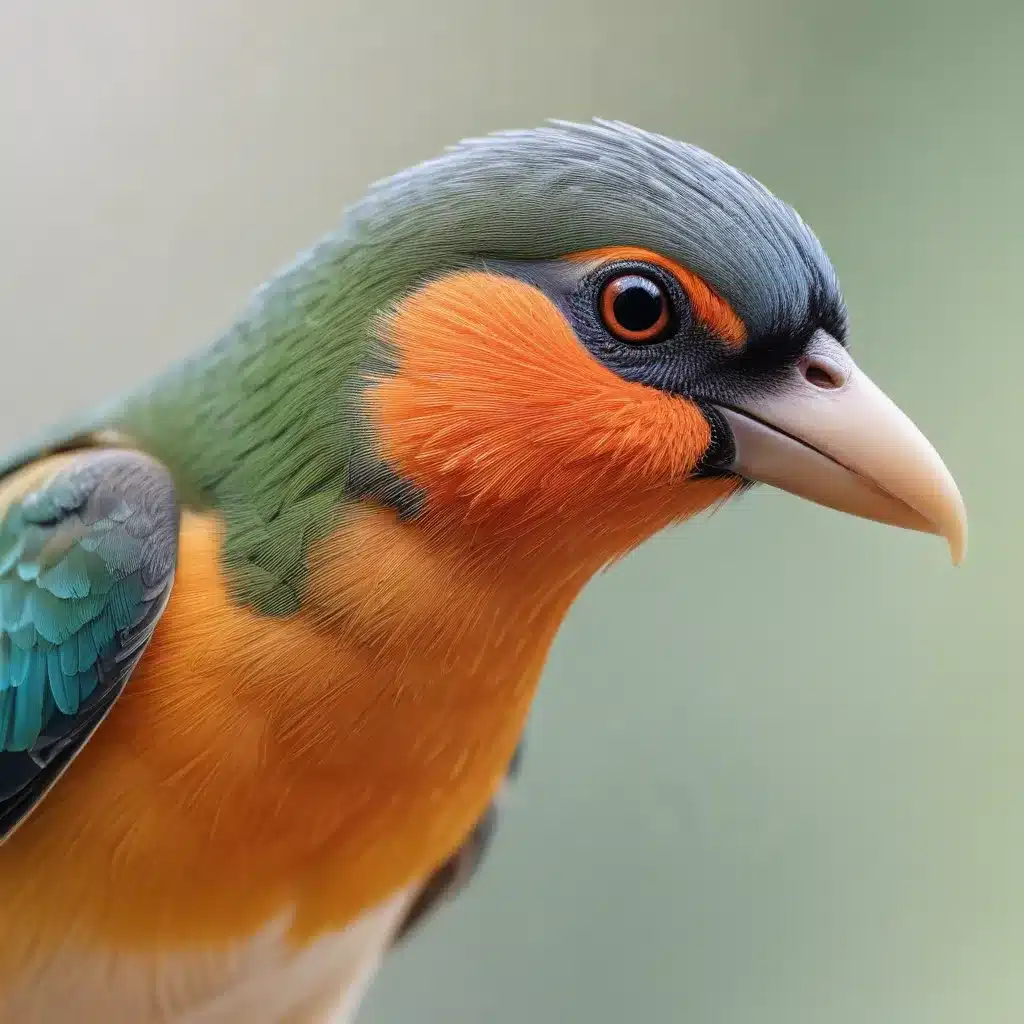
Avian Immunology: Boosting the Bird’s Defense Against Pathogens and Diseases
The avian immune system is a marvel of evolutionary engineering, providing our feathered friends with a sophisticated and dynamic defense against an array of pathogens and diseases. As experienced avian caretakers, we have a deep appreciation for the intricacies of this remarkable biological system and the crucial role it plays in maintaining the health and wellbeing of our beloved birds.
Avian Anatomy and Physiology
To fully understand the avian immune response, we must first examine the unique anatomical and physiological features that support it. The avian respiratory system, with its complex network of air sacs and highly efficient gas exchange, plays a vital role in delivering oxygen to the body’s cells and removing carbon dioxide. This efficient respiratory system also serves as a potential entry point for airborne pathogens, making it a crucial frontline of defense.
The avian circulatory system, with its four-chambered heart and efficient blood flow, transports vital nutrients, oxygen, and immune cells throughout the body. The circulatory system is intimately linked to the immune system, facilitating the rapid mobilization and deployment of immune cells to sites of infection or injury.
At the core of the avian immune system is a remarkable array of specialized cells and molecules, each playing a crucial role in the detection, neutralization, and elimination of foreign invaders. From the innate immune cells that provide immediate, non-specific responses to the adaptive immune cells that orchestrate targeted, long-lasting defenses, the avian immune system is a masterpiece of biological engineering.
Avian Immune Responses
The avian immune system can be broadly divided into two interconnected branches: the innate immune system and the adaptive immune system. The innate immune system is the bird’s first line of defense, providing a rapid and non-specific response to potential threats. This includes physical barriers like the skin and mucous membranes, as well as specialized immune cells like macrophages, natural killer cells, and heterophils (the avian equivalent of mammalian neutrophils).
The adaptive immune system, on the other hand, is a more sophisticated and targeted response that develops over time. This system is responsible for the production of antibodies, the activation of specific T cells, and the formation of immunological memory, allowing birds to mount a stronger and more effective response to pathogens they have encountered before.
The interplay between the innate and adaptive immune systems is crucial for the bird’s overall defense against disease. Innate immune cells, such as dendritic cells, play a key role in recognizing and presenting foreign antigens to the adaptive immune system, triggering the production of specific antibodies and the activation of T cells.
Avian Pathogens and Diseases
Birds are susceptible to a wide range of bacterial, viral, and parasitic infections, each posing unique challenges to the avian immune system. Common bacterial infections include salmonellosis, chlamydiosis, and avian tuberculosis, while viral diseases such as Newcastle disease, avian influenza, and Marek’s disease can have devastating consequences.
Parasitic infestations, such as coccidiosis, giardiasis, and various forms of avian malaria, can also pose significant threats to the health and wellbeing of our feathered companions. These parasitic diseases can compromise the bird’s immune function, leading to decreased resistance to other infections and, in severe cases, mortality.
Boosting Avian Immune Responses
Fortunately, there are several strategies that can be employed to enhance the avian immune system and bolster the bird’s defenses against pathogens and diseases. Vaccination is a powerful tool, with various vaccines available to protect birds against common viral and bacterial infections. By stimulating the adaptive immune system, vaccines can provide long-lasting protection and even prevent the development of drug-resistant strains.
Dietary supplements, such as vitamins, minerals, and natural immunomodulators, can also play a crucial role in supporting the avian immune system. For example, research has shown that the inclusion of hyperimmune egg yolk antibodies in the diet can effectively protect young chicks against coccidiosis, a devastating parasitic disease.
Environmental factors, such as stress, nutrition, and housing conditions, can also significantly impact the bird’s immune function. Providing a clean, comfortable, and low-stress environment, along with a balanced and nutritious diet, can help to optimize the bird’s immune responses and reduce its susceptibility to disease.
Avian Immunology Research and Applications
The field of avian immunology is a rapidly evolving area of study, with researchers and scientists continually making new discoveries that deepen our understanding of the avian immune system. From advancements in vaccine development to the exploration of novel immunomodulatory compounds, the insights gained from avian immunology research have far-reaching applications in both the poultry industry and the world of avian conservation.
By leveraging our knowledge of avian immunology, we can develop more effective strategies for the prevention and treatment of avian diseases, ensuring the health and wellbeing of our feathered friends. Whether you’re a backyard chicken keeper, a exotic bird enthusiast, or a professional avian caretaker, understanding the intricacies of the avian immune system is crucial for providing the best possible care for our feathered companions.
At Mika Birds Farm, we are committed to staying at the forefront of avian immunology research and applying these insights to our comprehensive bird care practices. By combining our expertise in avian biology, nutrition, and health management, we strive to empower our customers with the knowledge and tools they need to support the robust immune defenses of their beloved birds. Visit our website at mikabirdsfarm.com to learn more about our avian care products, services, and educational resources.


